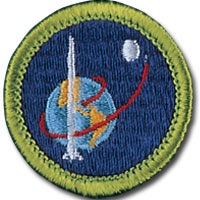Blue Origin






Space Exploration Merit Badge Supplementals
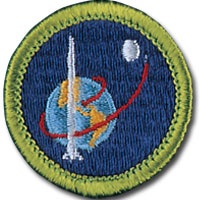
(created Fri. Mar. 31, 2017; updated Thr. Mar. 15 2018)
This is an extension of
the Space Exploration Merit Badge page.

This page is a supplement to the Boy Scout Space Exploration Merit Badge. None of the information is needed to complete the merit badge. The page exists solely to provide additional insights about all that is exciting about the exploring the universe beyond our planet, in person and through unmanned spacecraft.

The purpose of this page is to provide more information about Blue Origin.

Company website: https://www.blueorigin.com
Blue Origin is the aerospace company started by amazon founder Jeff Bezos. “The company is looking to provide human space flights while also dramatically lowering the cost of space flight and increasing its reliability. The company’s name refers to our blue planet, Earth, as the point of origin.”
“Blue Origin’s motto is Gradatim Ferociter, which is Latin for Step by Step, Ferociously. The company’s name refers to our blue planet, Earth, as the point of origin.”
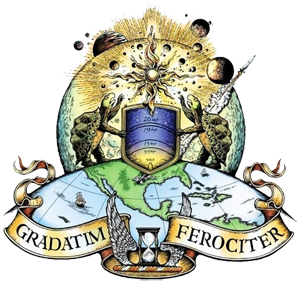
image and text source: https://en.wikipedia.org/wiki/Blue_Origin
“Blue Origin’s Kent Washington headquarters house engineering, manufacturing, and business operations. The sub-orbital launch complex is in the West Texas town of Van Horn. Blue Origins has also leased Launch Complex 36 in Cape Canaveral to build a launch pad for their orbital launch vehicle.
“Blue Origins has entered a partnership to provide a large, US-built rocket engine, the BE-4, to the United Launch Alliance (ULA). ULA is a joint venture of Lockheed Martin and Boeing, to provide spacecraft to the US government.
“Blue Origin’s suborbital launch system is called the New Shepard, for American astronaut Alan Shepherd, the first American and second person, in space. The spacecraft takes off vertically, and after providing the weightless flight for the passengers, returns to earth with a powered vertical soft landing. The booster also lands using retro-rockets to slow its descend to the landing pad.
“On November 23, 2015, Blue Origin’s New Shepard rocket launched to 329,839 feet, or 100.5 kilometers, which is called the Karman line, the border of outer space, and returned, with the booster rocket landing less than five feet from the center of the landing pad. The capsule also landed with parachutes as planned. This was the first time a booster rocket flew into space and returned to earth.”

While NASA and many US companies, and while other countries and their space programs are focused on many aspects of space exploration, several companies are working to develop space tourism - the ability for you and me to go into space.
Blue Origin is one. When they reference “suborbital” they are sharing that they don’t plan to send passengers around the earth. Instead of putting us in orbit they plan to send us up and bring us back down, likely all over the US, likely over West Texas and/or New Mexico.
Blue Origin’s goal is similar to Virgin Galactic; they are just taking different approaches in how they design their passenger spacecraft.
What are some of the current companies working to launch space missions?
Helpful resources to determine the answer include:
https://en.wikipedia.org/wiki/List_of_private_spaceflight_companies

On March 16, 2018, Blue Origin reported another milestone with their BE-4 engine, a 65 percent full power test was successful
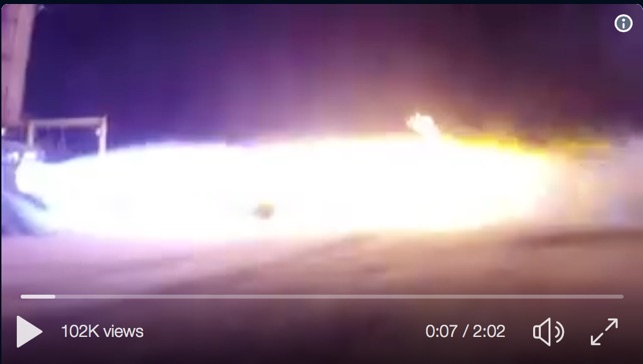
As reported by Space Flight Insider: on Mach 14, 2018:
“Jeff Bezos tweets latest BE-4 Engine Test Footage.”
The article states quote:
“Blue Origin has successfully tested its BE-4 engine at its longest duration yet revealed by the secretive spaceflight company. In a video tweeted out by the company’s founder, Amazon.com’s Jeff Bezos, it was announced that the engine, which is capable of 550,000 pounds (2,400 kilonewtons) of thrust, was tested at 65 percent of full-power for about 114 seconds.
“Development on the BE-4 began in 2011, but it did not become public until 2014. It consumes liquid natural gas and liquid oxygen in an oxygen-rich staged combustion process. Seven will be used on the first stage of the company’s upcoming New Glenn rocket and is a contender to be used on United Launch Alliance’s upcoming Vulcan rocket.
“The first fully-assembled engine was completed in March 2017 for testing. However, Blue Origin suffered a setback in May 2017 when it was reported that a test anomaly resulted in the loss of a set of powerpack hardware.
“Finally, in October 2017, BE-4 was fired for the first time at the company’s West Texas facility. That resulted in a three-second test at 50 percent thrust level. Another test in January 2018 evaluated the engines deep-throttle capability.
“Once testing is completed, Blue Origin intends to make production engines in Huntsville, Alabama, which will likely be integrated into the New Glenn rocket at the company’s recently-built production facility at Exploration Park near the Kennedy Space Center in Florida.
“The first flights of Blue Origin’s New Glenn and ULA’s Vulcan rockets are not expected until 2020 at the earliest.”
Jeff Bezos’ tweet at 6:07 PM on March 13, 2018 stated quote
”New test video of Blue’s 550K lbf [five hundred fifty thousand foot pounds of] thrust, ox-rich staged combustion, LNG-fueled BE-4 engine. The test is a mixture ratio sweep at 65% power level and 114 seconds in duration. Methane (or LNG) has proved to be an outstanding fuel choice. @BlueOrigin #GradatimFerociter.”
You can add Space Flight Insider's updates to your Alexa Flash Briefing by saying Alexa enable Space Flight Insider.


On December 12, 2017, Blue Origin completed another step in their New Shepard (named for US Astronaut Alan Shepard) program:
“New Shepard flew again for the seventh time on Dec. 12, 2017, from Blue Origin’s West Texas Launch Site. Known as Mission 7 (M7), the mission featured the next-generation booster and the first flight of Crew Capsule 2.0. Crew Capsule 2.0 features large windows, measuring 2.4 feet wide, 3.6 feet tall. M7 also included 12 commercial, research and education payloads onboard. Crew Capsule 2.0 reached an apogee of 322,405 feet AGL/326,075 feet MSL (98.27 kilometers AGL/99.39 kilometers MSL). The booster reached an apogee of 322,032 feet AGL/325,702 feet MSL (98.16 kilometers AGL/99.27 kilometers MSL).”
Blue Origin also recorded, and posted, a video of the flight, showing the view from the dummy sitting in the passenger chair.... look at those awesome views of the curvature of the earth!
Mannequin Skywalker’s ride to space onboard Crew Capsule 2.0
https://www.youtube.com/watch?v=6ZJghIk7_VA&feature=youtu.be

From Nov., 2015
Historic Rocket Landing
https://www.youtube.com/watch?v=9pillaOxGCo

Blue origins shares...
... their plans for astronaut customers (public like you and me) at:
https://www.blueorigin.com/astronaut-experience
&
https://www.youtube.com/watch?v=-CT5mJ6KMTQ
... more about their rocket technology,
https://www.blueorigin.com/technology
See also:
Opening Space
https://www.youtube.com/watch?v=kbT29lA322g

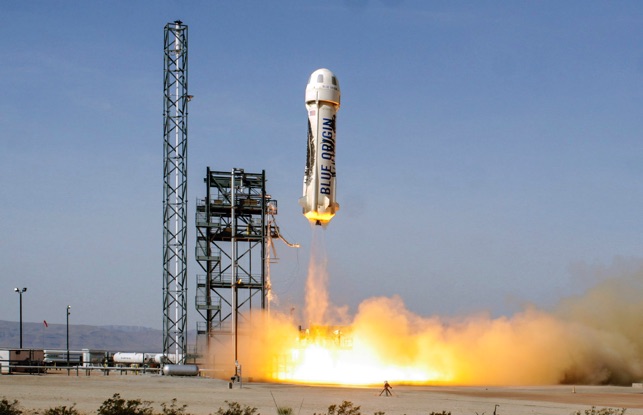

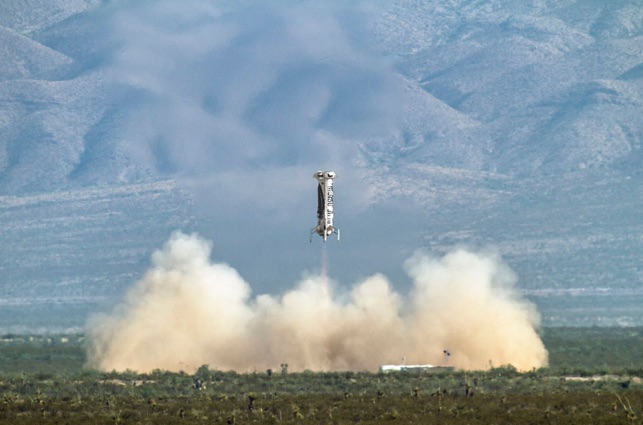
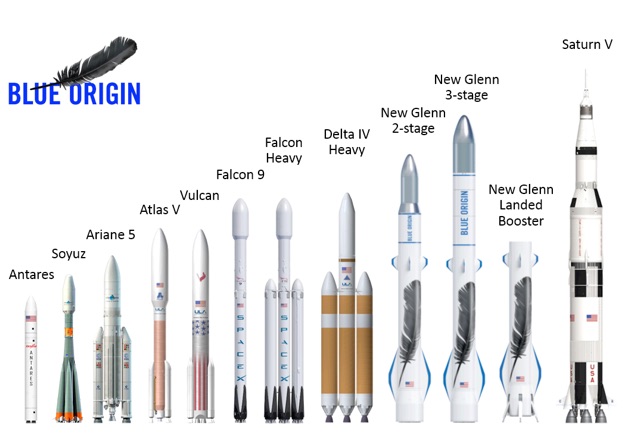
source of these images:
https://www.blueorigin.com/gallery



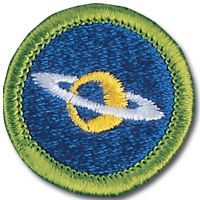
These are all of the links to the Astronomy Merit Badge pages:
Astronomy Merit Badge - Extra “Fun Facts”
Astronomy - Great American Eclipse
Astronomy - Great American Eclipse 2017

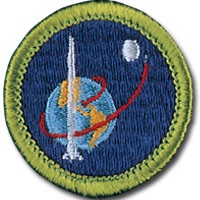
These are all of the links to the Space Exploration Merit Badge pages:
New Horizons - Mission Overview
New Horizons - Pluto Resources


All images were scanned directly from the magazine using the Halo Scanner Mouse - http://shop.halo2cloud.com/collections/computer-and-backup/products/scanner-mouse, which I received as a Christmas present from my mother in 2013.



Regardless your desire to pursue a career in space exploration, it is hoped that you learned enough about exploring space through this merit badge to at least be interested to continuously look up at the sky in awe and wonder, and think about what you may want to explore if you were to go “out there” or were to send a probe “out there.”
If you pursue with enthusiastic interest, that’s great. If you do make a career in the field, GREAT.
May all be better off having completed your Space Exploration Merit Badge than you were before you started.
